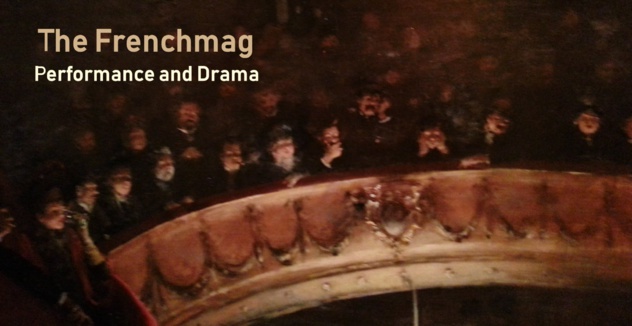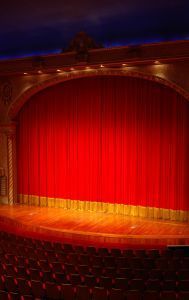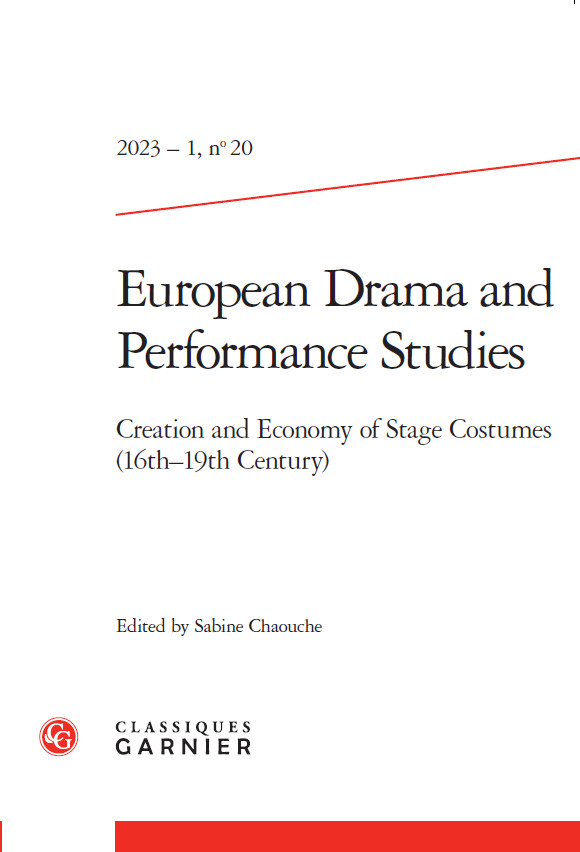Questions:
If you have any questions about registration, payment, dormitories, etc., please email our Administrator, Lorna Omessi at lomessi@msn.com
The Workshop includes beginning to advance levels and is offered to: Professional performers and teachers in the areas of Dance, Drama and Music, Vintage Dancers and serious amateurs. Dance teachers of private studios and dance clubs, choreographers, dancers in career transition, studio dancers of the film industry and musical theater are encouraged to attend.
We are flexible in our class structure and would be happy to guide you through the schedule. Anyone signing up for The Weekend Plus must attend the workshop on the weekend because the extended workshop will assume the students have prior knowledge. Each student will sign up for the Monday and Tuesday classes after they have completed the weekend workshop.
We are encouraging dance teachers, choreographers, directors and performers to register for the Weekend Plus. This innovative workshop aims to give a fresh perspective on period choreographies and dance treatises to the dancer who is looking at these materials for the first time. Our teachers will provide the tools needed to extend the students’ knowledge into the past. For example, university dance history teachers who often are requested to create dance scenes for the plays of Shakespeare or Molière or for Mozart operas, will gain an understanding of basic step vocabularies and styles for different historical periods and how to re-create a period look for their task at hand. In addition, experimental choreographers interested in building new constructs based on historical works will learn how to use materials and tools from the workshop to realize their vision. This workshop is unique in its goal to open the history of dance to professional performers and choreographers who wish to take the knowledge into their own performance practice and to further their own personal dance legacy.
Tuition: The Weekend Only tuition is $150.00. There is a $10 application fee.
Tuition: The Weekend Plus tuition is $300.00. There is a $10 application fee.
Areas of Study:
Catherine Turocy, a leader in the field of Baroque dance, will teach selected dances from Orchesographie by Thoinot Arbeau (1589), A Collection of ball- dances performed at court (English dancing master Mr. Isaac, published 1706-1713, London) and The New and Curious School of Theatrical Dancing by Gregorio Lambranzi (1716, Nuremberg). Dancers from the NYBDC will assist with demonstration and teaching the Feuillet notation system.
James Richman, harpsichordist and conductor, will teach Baroque music forms to students, introducing them to the standard French dance suites of Bach and his contemporaries.
Sandra Noll Hammond will teach early 19th century ballet style featuring classroom material and performance repertory from dancing masters Carlo Blasis, E.A.Theleur, Michel and Arthur Saint-Leon and Leopold Adice. Hammond is the most highly regarded scholar/teacher of early 19th century ballet. Classes in 19th and 20th century social dances will be drawn from both European and American sources and taught by Richard Powers, teacher/choreographer at Stanford University and well-respected choreographer for period works such as CBS’s film Spring Awakenings.
Sarah Edgar, a member of NYBDC with an MA from Hochschule für Musik und Tanz Köln, is also the director of Punk’s Delight, a postmodern Baroque group of performing artists. She will lead the seminar that explores new ways to use historical materials in experimental performance. If funding permits, we are planning a professional Baroque dance concert by the NYBDC members and Musical Oratory to close the workshop in Santa Barbara. There are plans to repeat the concert in San Diego and possibly Los Angeles.
http://nybaroquedance.org/santa-barbara-historical-dance-weekend/
Registration for the workshop began in early December. The university requires a 90 day advance notice of the students committed to attending the workshop so kindly register before March 28, 2013.
If you have any questions about registration, payment, dormitories, etc., please email our Administrator, Lorna Omessi at lomessi@msn.com
The Workshop includes beginning to advance levels and is offered to: Professional performers and teachers in the areas of Dance, Drama and Music, Vintage Dancers and serious amateurs. Dance teachers of private studios and dance clubs, choreographers, dancers in career transition, studio dancers of the film industry and musical theater are encouraged to attend.
We are flexible in our class structure and would be happy to guide you through the schedule. Anyone signing up for The Weekend Plus must attend the workshop on the weekend because the extended workshop will assume the students have prior knowledge. Each student will sign up for the Monday and Tuesday classes after they have completed the weekend workshop.
We are encouraging dance teachers, choreographers, directors and performers to register for the Weekend Plus. This innovative workshop aims to give a fresh perspective on period choreographies and dance treatises to the dancer who is looking at these materials for the first time. Our teachers will provide the tools needed to extend the students’ knowledge into the past. For example, university dance history teachers who often are requested to create dance scenes for the plays of Shakespeare or Molière or for Mozart operas, will gain an understanding of basic step vocabularies and styles for different historical periods and how to re-create a period look for their task at hand. In addition, experimental choreographers interested in building new constructs based on historical works will learn how to use materials and tools from the workshop to realize their vision. This workshop is unique in its goal to open the history of dance to professional performers and choreographers who wish to take the knowledge into their own performance practice and to further their own personal dance legacy.
Tuition: The Weekend Only tuition is $150.00. There is a $10 application fee.
Tuition: The Weekend Plus tuition is $300.00. There is a $10 application fee.
Areas of Study:
Catherine Turocy, a leader in the field of Baroque dance, will teach selected dances from Orchesographie by Thoinot Arbeau (1589), A Collection of ball- dances performed at court (English dancing master Mr. Isaac, published 1706-1713, London) and The New and Curious School of Theatrical Dancing by Gregorio Lambranzi (1716, Nuremberg). Dancers from the NYBDC will assist with demonstration and teaching the Feuillet notation system.
James Richman, harpsichordist and conductor, will teach Baroque music forms to students, introducing them to the standard French dance suites of Bach and his contemporaries.
Sandra Noll Hammond will teach early 19th century ballet style featuring classroom material and performance repertory from dancing masters Carlo Blasis, E.A.Theleur, Michel and Arthur Saint-Leon and Leopold Adice. Hammond is the most highly regarded scholar/teacher of early 19th century ballet. Classes in 19th and 20th century social dances will be drawn from both European and American sources and taught by Richard Powers, teacher/choreographer at Stanford University and well-respected choreographer for period works such as CBS’s film Spring Awakenings.
Sarah Edgar, a member of NYBDC with an MA from Hochschule für Musik und Tanz Köln, is also the director of Punk’s Delight, a postmodern Baroque group of performing artists. She will lead the seminar that explores new ways to use historical materials in experimental performance. If funding permits, we are planning a professional Baroque dance concert by the NYBDC members and Musical Oratory to close the workshop in Santa Barbara. There are plans to repeat the concert in San Diego and possibly Los Angeles.
http://nybaroquedance.org/santa-barbara-historical-dance-weekend/
Registration for the workshop began in early December. The university requires a 90 day advance notice of the students committed to attending the workshop so kindly register before March 28, 2013.



